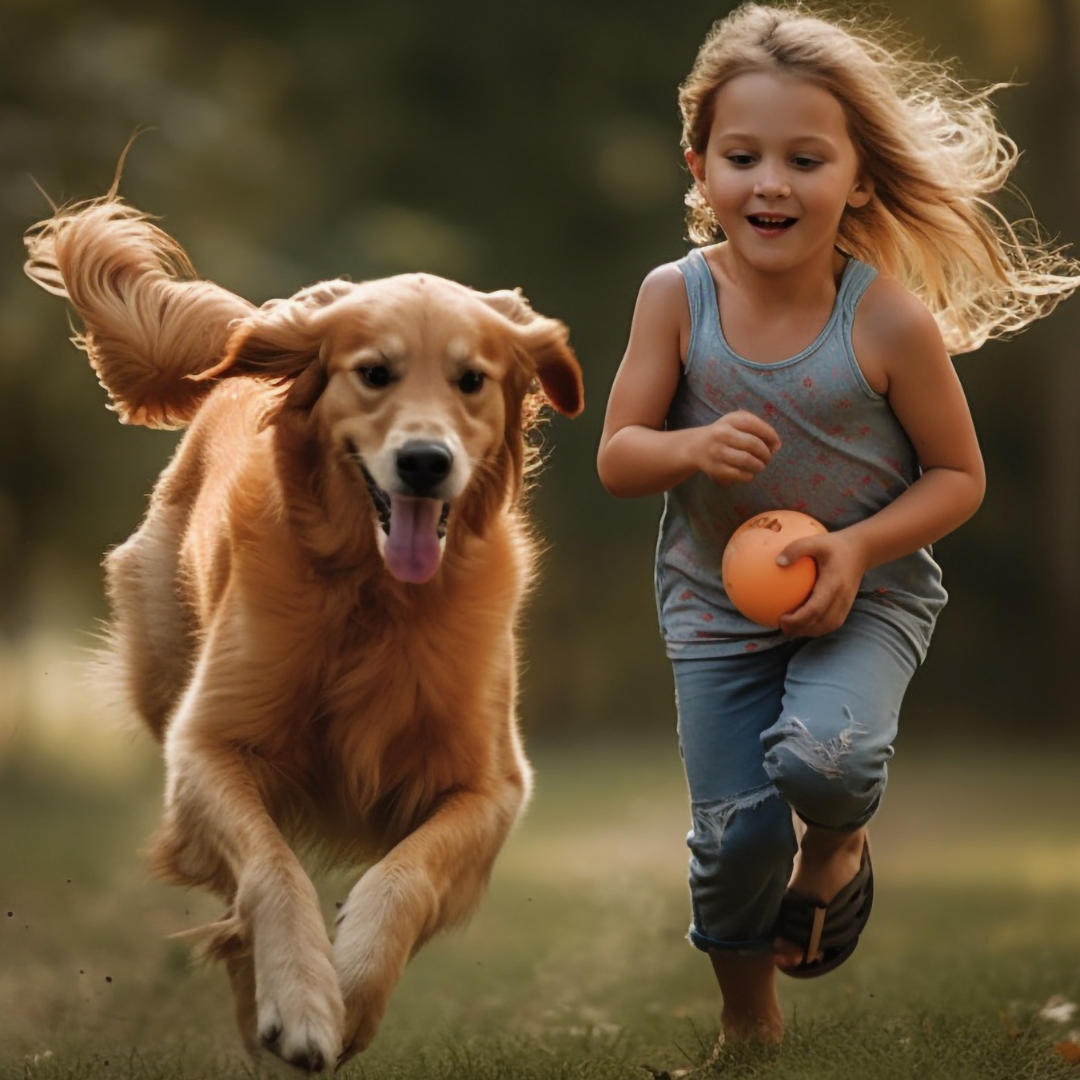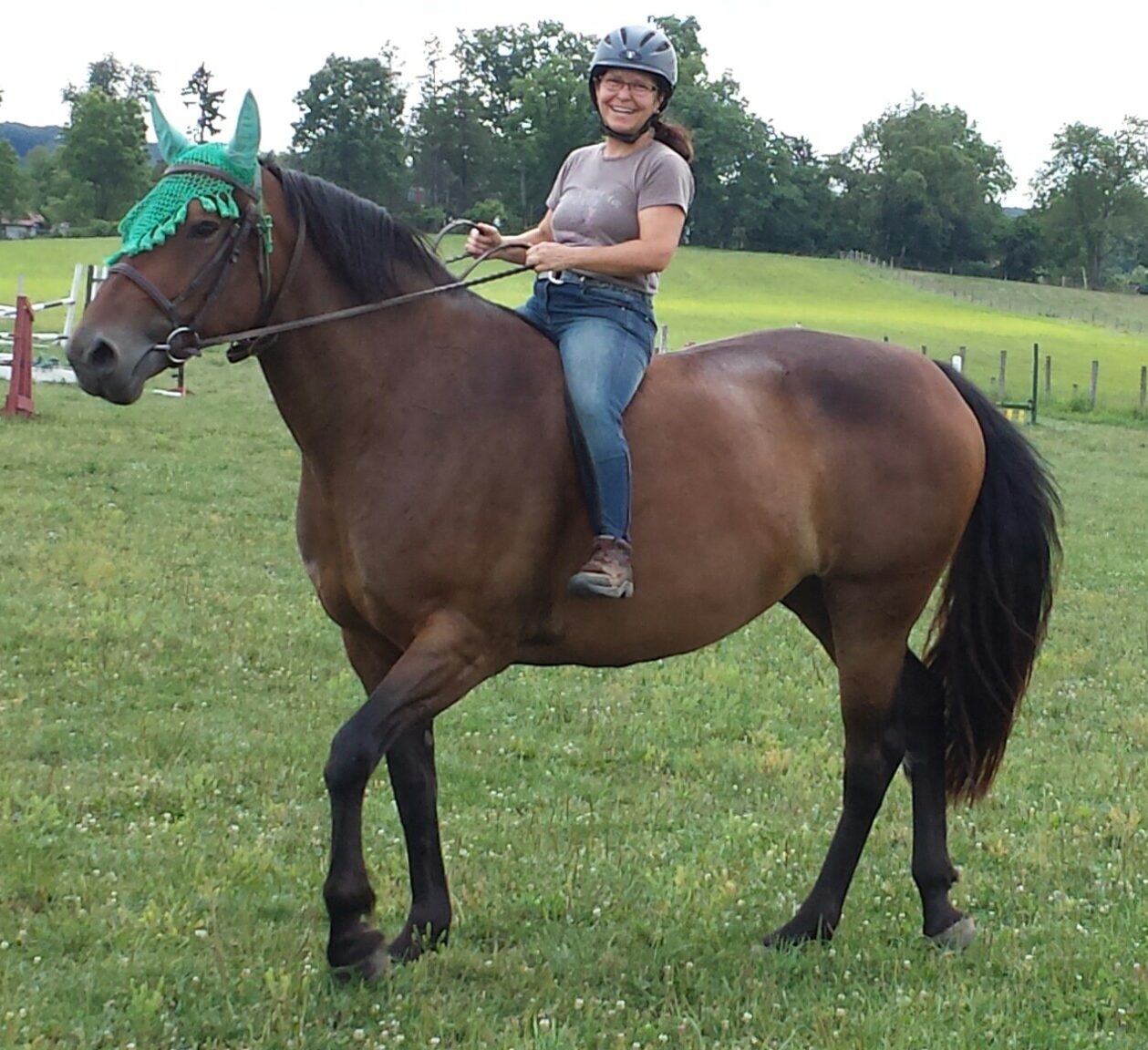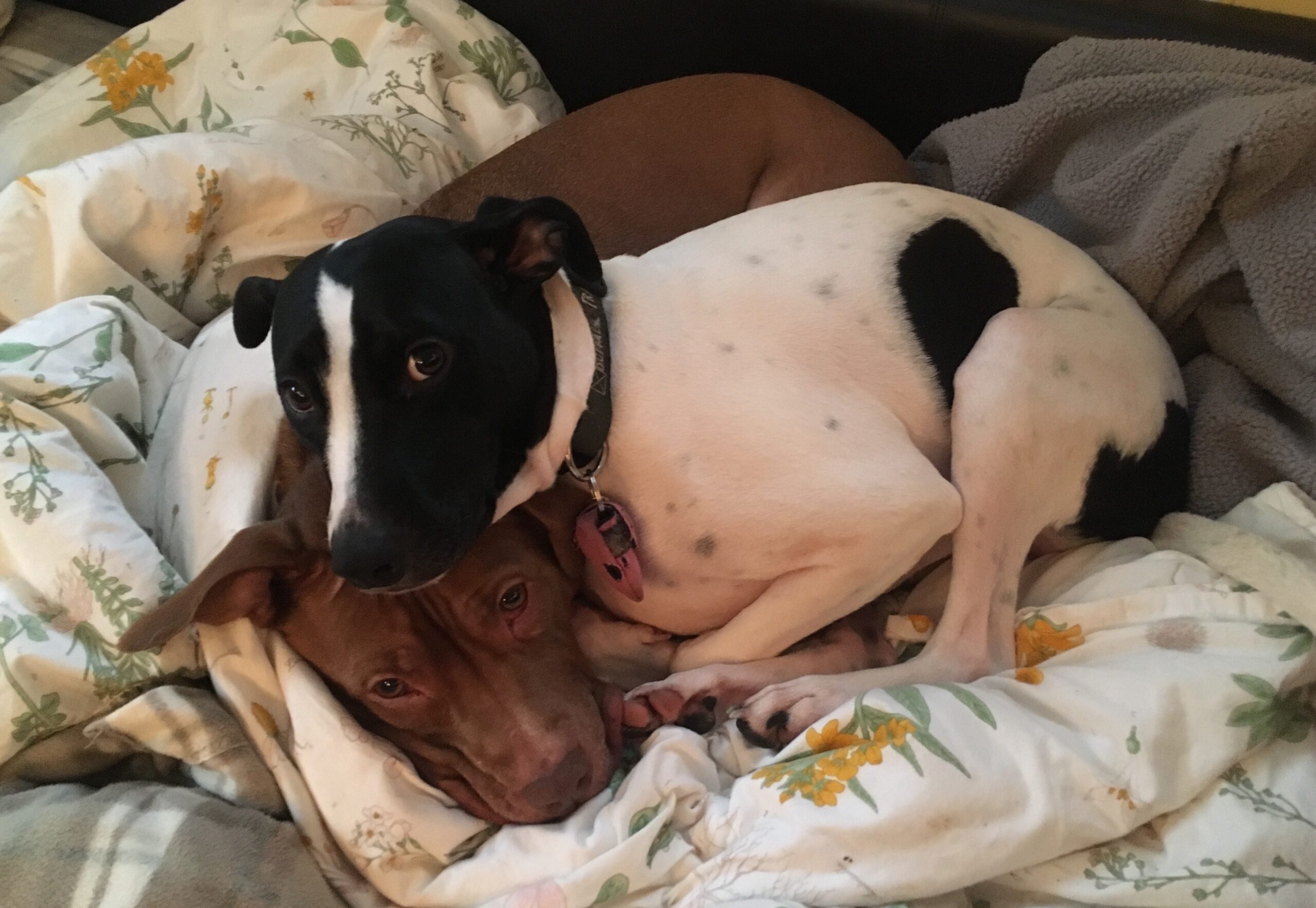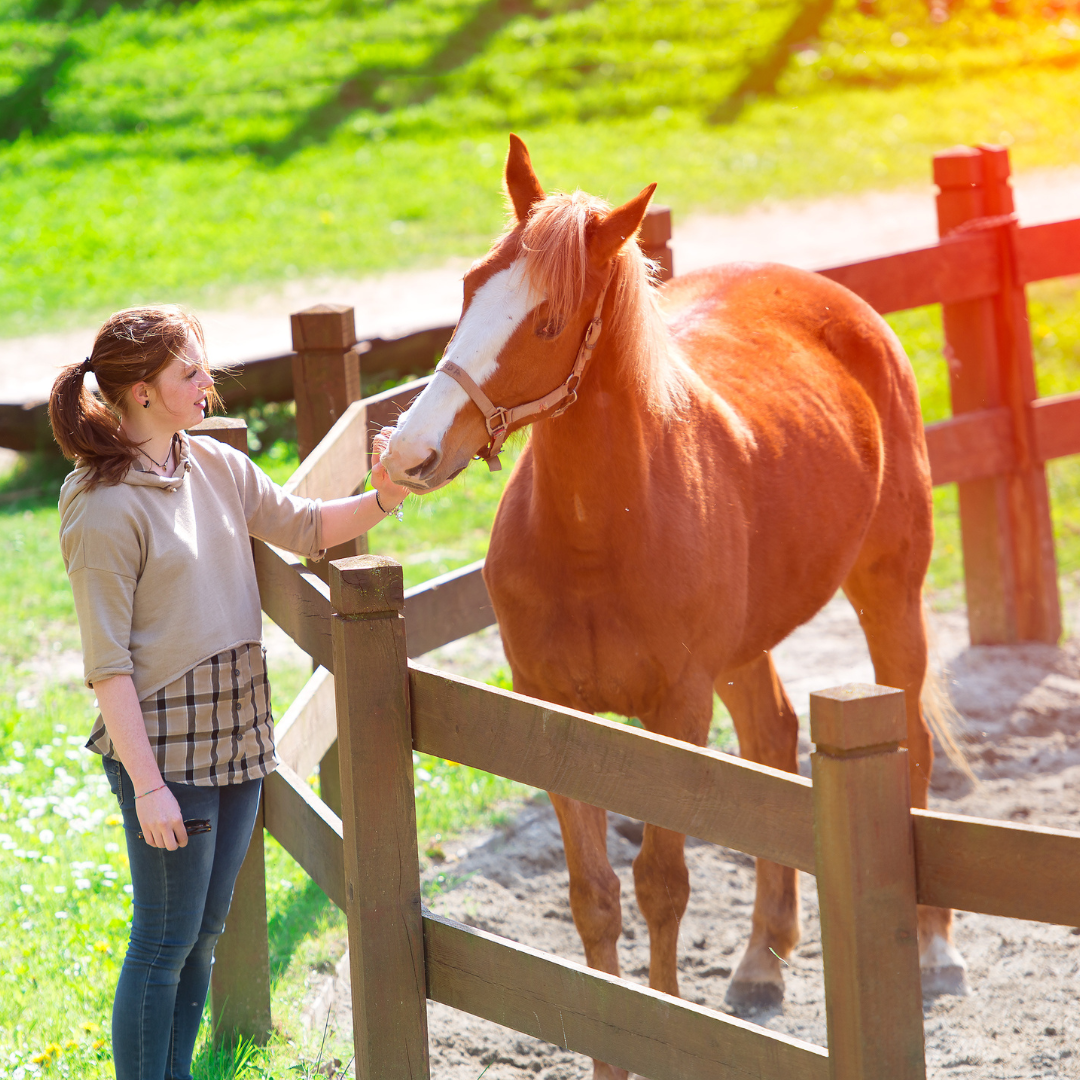Summer is in full swing, and that means that most of us are spending more time outside. On the East Coast, it’s been an especially mild winter, spring, and summer so far, which has allowed us to enjoy mild temperatures that don’t come with many risks for our animal’s well-being. We’re sure to have more intense temperatures as the summer progresses, so here are some fun summer activities you can do with your dog and some things to consider while doing them.
Summer Dog-Friendly Activity Ideas
- Go for a Swim: If your dog enjoys the water and is a competent swimmer, take them to a dog-friendly beach, lake, or pool for a refreshing swim. If you just rescued your dog and aren’t sure whether he can swim or not, allow them to watch other dogs in the water and provide them with a shallow area to test out the water in. Make sure to prioritize their safety and supervise them at all times.
- Play Fetch: Find a spacious area, such as a park or backyard, and play a game of fetch with your dog. Use a frisbee, tennis ball, or any other suitable toy your dog enjoys retrieving.
- Take Hikes or Nature Walks: Explore nature together by going on hikes or leisurely walks on nature trails. Choose trails that are dog-friendly and offer shade or bodies of water for your dog to cool down.
- Have a Picnic: Pack a dog-friendly picnic and head to a park. Enjoy some outdoor time together while you and your pup indulge in some tasty treats. Remember to bring dog-safe food and plenty of water.
- Arrange Playdates: If your dog enjoys the company of other dogs, organize playdates with their doggy friends. This can be a great opportunity for them to socialize, exercise, and have a blast.
- Try Agility Training: Set up an agility course in your backyard using items like tunnels, jumps, and weave poles. This activity promotes physical exercise and mental stimulation and strengthens the bond between you and your dog.
- Go on Car Rides: Take your dog on short car rides to explore new areas or visit dog-friendly establishments. Ensure their safety by using appropriate restraints or carriers while traveling.
- Play in a Sprinkler or Dog Pool: Set up a sprinkler in your backyard or provide a small dog pool for your pup to splash around in. Many dogs enjoy the sensation of water, and it’s a great way for them to cool down on hot days.
- Teach New Tricks: Summer can be a good time to work on training and teaching your dog new tricks. Use positive reinforcement techniques and make it a fun and rewarding experience for both of you.
- Attend Dog-Friendly Events: Check for dog-friendly events happening in your community, such as outdoor markets, fairs, or dog-friendly festivals. These events often include activities and opportunities for socialization.
What to Consider During Summer Activities
While there are a plethora of activities to do with your dog this summer, you should keep these things in mind:
- Consider your dog’s breed, age, and health when choosing activities. Always prioritize their safety, provide plenty of water and shade, and be mindful of the temperature to prevent overheating.
- Ask them what their preference is. Before you indulge in all the summer activities, consider using an animal communicator to help you identify what activities your dog prefers. For example, you may ask: do you prefer to chew on a bone inside with cool air? Or do you prefer to splash in the dog pool?
- If your dog hasn’t had the experience before, they can’t tell you if they prefer it. Therefore, you may have to test things out. If you’re unsure if they have or not, assume they haven’t.
- If you’re planning a vacation, make sure that it is one that fits the entire family…including your furry loved ones.
- Plan ahead for different activities. For example, if your dog loves to go outside and run, take them in the morning and not during the hottest part of the day.
- Use common sense for things that could jeopardize your dog’s safety. For instance, you wouldn’t want to give your dog the choice of going to the beach if you’re going to be out there all day. The sun and hot sand could be detrimental to your dog.
No matter what you decide to do, it’s important to take the time to enjoy your time with family, friends, and your pet. Summer is a great time for connecting and doing activities that aren’t always available to us, so be safe and have fun!










